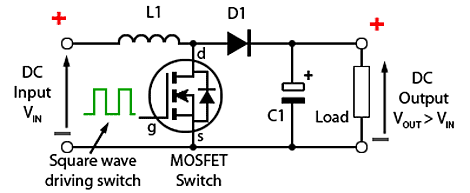No, I got the 4-cell Lithium model.
I don't think the BMS disconnects the battery outright at full charge. It switches from constant current, reducing current to a few mA, and expects constant voltage of 14V (not sure if it's actually 14.2V; I'll find out). In their literature, the default CV voltage of the controller is 14.2V.
Maybe the BMS does briefly disconnect as it switches from CC to CV. I'll see if I can find out.
You suggested earlier that the open panel voltage might damage the battery's BMS. But if the BMS can handle 20 or more Volts, then there might not be a problem.
Actually, the BMS must be able to handle open panel voltage in the range presented in my scenario, because otherwise, it would fry when you connect it to the controller after having first connected the panel. (Or, maybe a steady diet of this would damage it over time.) Again, this is a question for Bioenno Power.
I also think that the BMS doesn't disconnect in the presence of any voltage within this range. Otherwise, it would remain open and never accept a charge when you connect it to the controller after having first connected the panel in full sunlight, and this was not the case. The startup sequence with a partially discharged battery was always: 1) connect the panel to the controller; 2) the controller errors and measures panel open voltage at the battery terminals; 3) connect the battery; 4) the controller's status LED immediately goes from error to charging. I never connected a load for fear of damaging my equipment. But it would have been interesting to see if the controller would go back to charging as the load drew power from the battery. I suspect it would have.
If I'm understanding these things correctly, then it seems to me that either the controller misinterpreted the battery's drop in current as a disconnect, or the BMS did disconnect briefly as it switched from CC to CV. I don't think either of these could be overcome by setting the controller to a different output voltage as Sunking sugested. That is, unless in my limited understanding I'm missing something...
I don't think the BMS disconnects the battery outright at full charge. It switches from constant current, reducing current to a few mA, and expects constant voltage of 14V (not sure if it's actually 14.2V; I'll find out). In their literature, the default CV voltage of the controller is 14.2V.
Maybe the BMS does briefly disconnect as it switches from CC to CV. I'll see if I can find out.
You suggested earlier that the open panel voltage might damage the battery's BMS. But if the BMS can handle 20 or more Volts, then there might not be a problem.
Actually, the BMS must be able to handle open panel voltage in the range presented in my scenario, because otherwise, it would fry when you connect it to the controller after having first connected the panel. (Or, maybe a steady diet of this would damage it over time.) Again, this is a question for Bioenno Power.
I also think that the BMS doesn't disconnect in the presence of any voltage within this range. Otherwise, it would remain open and never accept a charge when you connect it to the controller after having first connected the panel in full sunlight, and this was not the case. The startup sequence with a partially discharged battery was always: 1) connect the panel to the controller; 2) the controller errors and measures panel open voltage at the battery terminals; 3) connect the battery; 4) the controller's status LED immediately goes from error to charging. I never connected a load for fear of damaging my equipment. But it would have been interesting to see if the controller would go back to charging as the load drew power from the battery. I suspect it would have.
If I'm understanding these things correctly, then it seems to me that either the controller misinterpreted the battery's drop in current as a disconnect, or the BMS did disconnect briefly as it switched from CC to CV. I don't think either of these could be overcome by setting the controller to a different output voltage as Sunking sugested. That is, unless in my limited understanding I'm missing something...

Comment